
Federico Brocani from Marchecraft
In our blog there is a special section that gathers the traditions all around Le Marche. Tradition is a very misused word, because what can be exactly known as a tradition? Tradition is something that should be passed down from generations to generations, because of its preciousness and uniqueness. And this is exactly what the founder of “Marchecraft” association decided to pursue: its main aim is indeed to preserve the old arts&crafts, the old tools, expertise and “skills” (as we would call them now) of old artisans all around our region. In his association Federico Brocani (the mind behind Marchecraft) strives to bring the artisans closer not only to the tourists, but also to the local people as well. His background in Literature and Philosophy, Marketing and Social Media helped him in creating a big network of 30 local craftsmen, that now work together.
The agenda is very full and the variety is outstanding: you can either join a workshop or visit the local botteghe (the actual atelier) of shoemakers, weaver, potters, or even musical instrument makers. Federico sometimes discovers some old jobs that have been forgotten and he would like to make his association grow bigger and bigger. For example, could you imagine someone still making writing ink like they used to do in the Middle Ages? Well, yes, it still exists indeed..
Today we would like to focus to something even more peculiar than ink makers, together with Professor Alessandro Butta, specialized in making natural dyes.
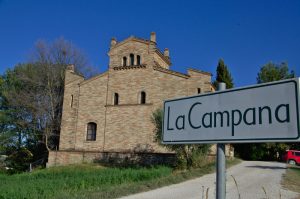 Our journey with Marchecraft started at the Agri turismo la Campana, situated in Montefiore dell’Aso in the south of le Marche. This is where Professor Butta’s studio is. Once we left the motorway, we drove into a beautiful area and we ended up in a fantastic place, surrounded by hills, beautiful panoramas and a beautifully restored building. The feeling that first stroke us was a sense of relaxation that I am sure everyone is in need of, lately.
Our journey with Marchecraft started at the Agri turismo la Campana, situated in Montefiore dell’Aso in the south of le Marche. This is where Professor Butta’s studio is. Once we left the motorway, we drove into a beautiful area and we ended up in a fantastic place, surrounded by hills, beautiful panoramas and a beautifully restored building. The feeling that first stroke us was a sense of relaxation that I am sure everyone is in need of, lately.
 The daughter-in-law of the Professor, Elisa Butta, welcomed us warmly and told us the special story of the origins of this agritourism. In 1980, 20 friends in Milan decided to have a drastic change in their lives, possible somewhere else in Italy. They ended up in Le Marche region, more specifically at this place, dotted with ruins, lots of ruins, a house and lots of land. Slowly they rebuilt the whole into the current result. Beautiful buildings that were not restored, but with some irregularities here and there, and with respect for the original material.
The daughter-in-law of the Professor, Elisa Butta, welcomed us warmly and told us the special story of the origins of this agritourism. In 1980, 20 friends in Milan decided to have a drastic change in their lives, possible somewhere else in Italy. They ended up in Le Marche region, more specifically at this place, dotted with ruins, lots of ruins, a house and lots of land. Slowly they rebuilt the whole into the current result. Beautiful buildings that were not restored, but with some irregularities here and there, and with respect for the original material.
 She led us to a beautiful room with piano where concerts were sometimes given. Over the years the group changed: members left, new ones were added, but always around 20 people, each of whom used his own talent for the agritourism.
She led us to a beautiful room with piano where concerts were sometimes given. Over the years the group changed: members left, new ones were added, but always around 20 people, each of whom used his own talent for the agritourism.
We finally met the professor, a very kind man who continued the tour, to his incredible cactus collection, and the shop where they sold the products of the agritourism. The products are ranging from jam and fruit to items of clothing dyed in their own colours.
He brought us to his laboratory, just outside the domain.
The different coloured wool threads immediately stood out. The professor has been studying the processes of producing natural dyes for some time. For this reason, he travelled around the world to transfer that knowledge but also to collect it in old documents and books that he consulted in libraries. He is currently teaching at the Academy of Fine Arts in Rome . His students are from all over the world! When restoring old paintings or tapestries, the question is of course how the colour had come about, because in the past all this happened with natural material from animals, plants or minerals.
For a demonstration, the blue colour turned out to be the most grateful, with the help of the weed plant (isatis tinctoria), which they cultivated here since the 90s. There was already a pan with green coloured water. The wedge plants had already cooked and had meanwhile been removed. Ammonia had already been added (previously urine). Professor Butta picked up a piece of white dust and immersed it in the liquid. Just stir.
Now the magic process started. A green coloured cloth came out of the dye …. didn’t it have to be blue ???
But abracadabra, due to contact with the oxygen in the air, changed to blue within 5 minutes ….. Here the magic moment:
In addition to the study of dyes, he also participated in a project regarding the rebirth of the silk production of Le Marche. Once this region had an important silk industry as we reported in previous posts. Nowadays it was fairly easy and cheap to get white Asian silk cocoons … but once they worked here with yellow Ascolan cocoons that were more resistant to all kinds of diseases. We got to see the tiny eggs of the silk butterfly that would now rest for months until the moment that they would eventually hatch at the same time ….
We said goodbye to the professor, because dinner with his grandchildren was sacred. We sauntered around a bit and enjoyed the beautiful domain, everyone we met from staff to guest radiated an enormous peace.
Of course, we also tried the local restaurant, purely fresh and home-grown products ….
The whole is atmospherically illuminated with someone strumming on his guitar in the background, soft piano music came from another room and so we left this fairy-like place.
Do you want to experience a natural colorants workshop or a different craft? consult the Marchecraft website: www.marchecraft.com/en/
Did you know that the terms royalties, guarantee and the Sint-Bernard pass all have something to do with the color blue? Just ask the professor!

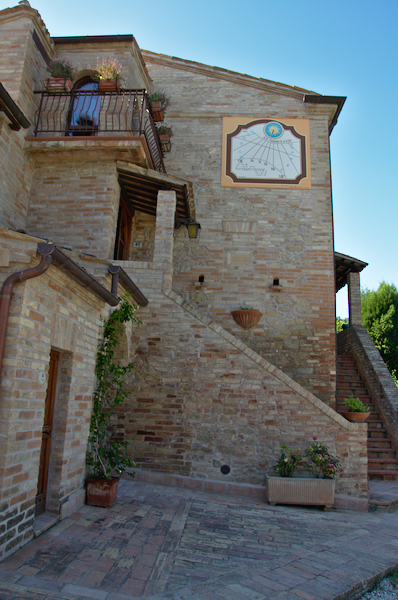
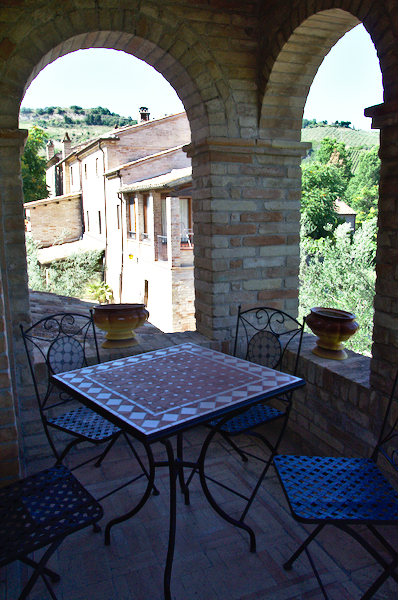
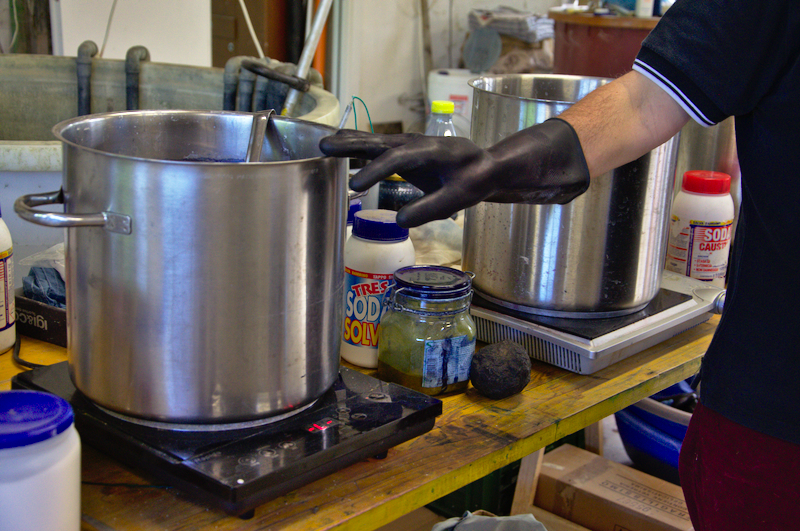
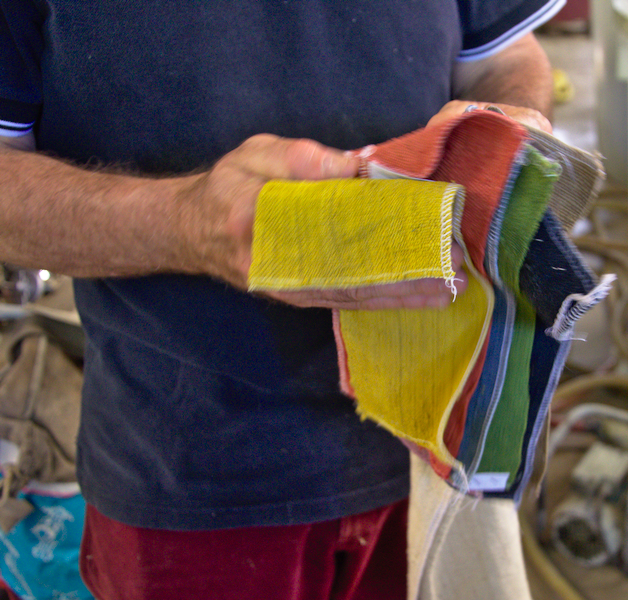
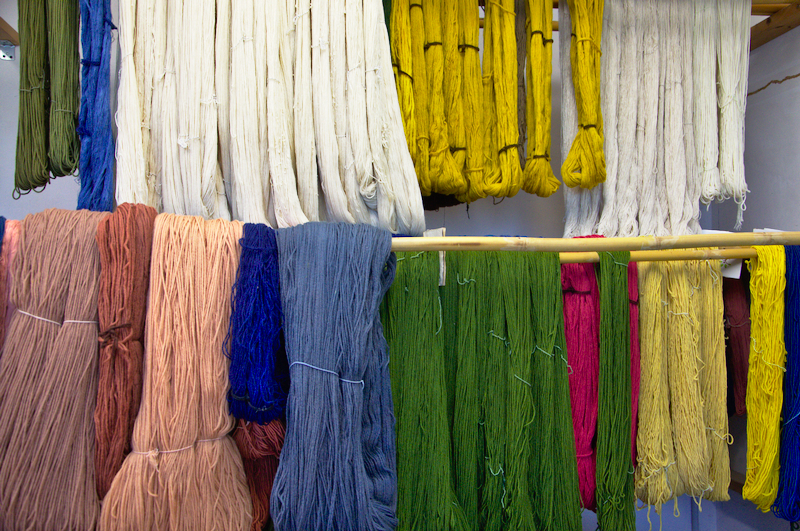

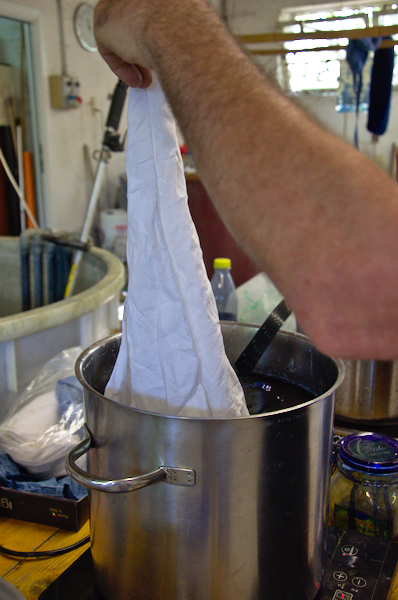


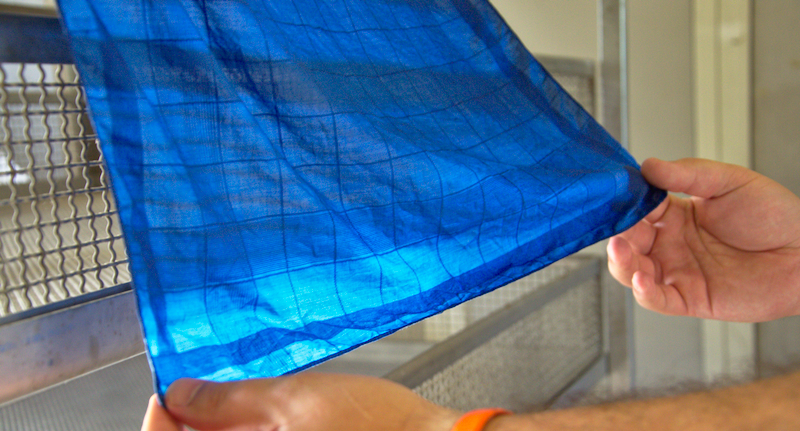
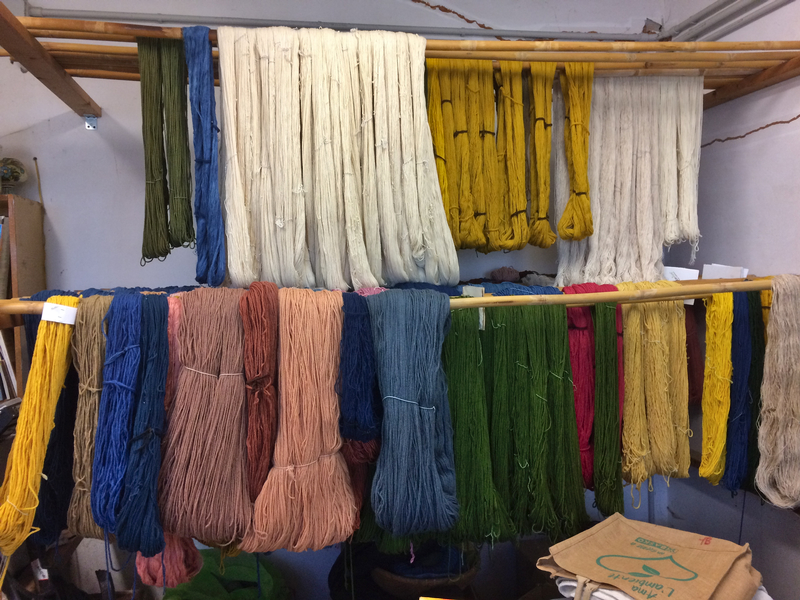

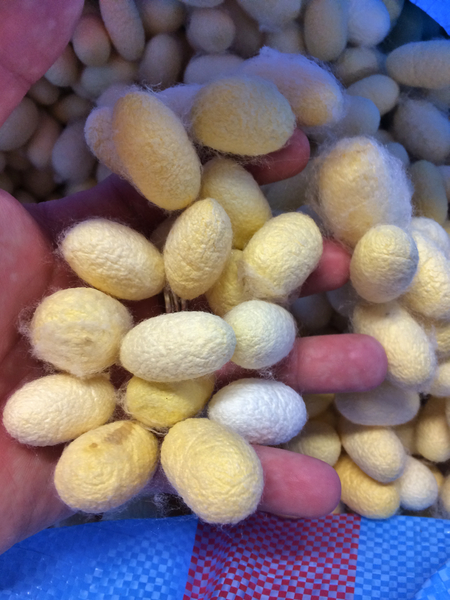


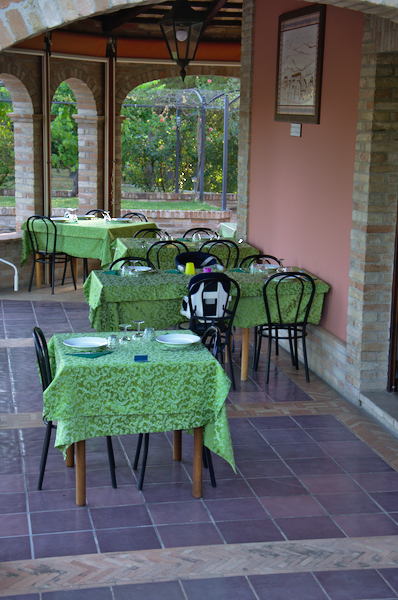
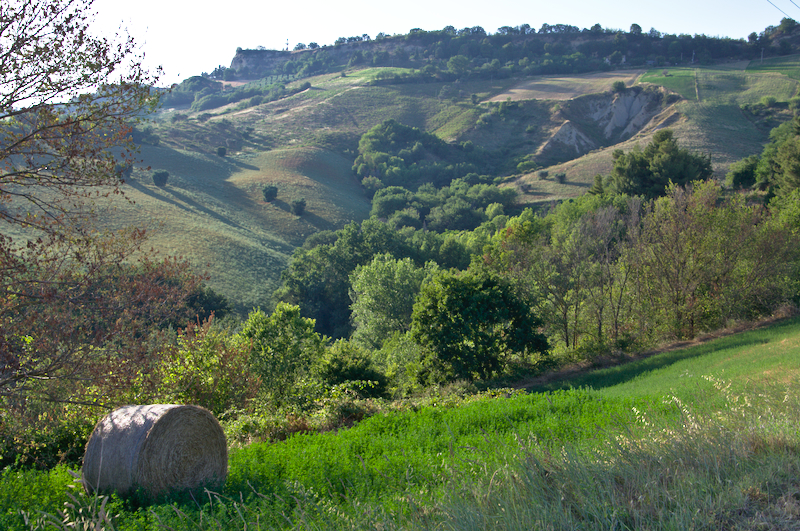

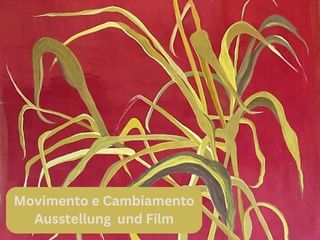
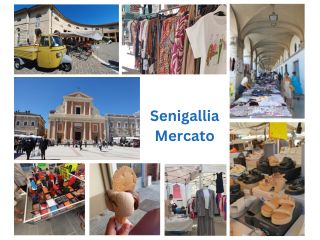
0 Comments